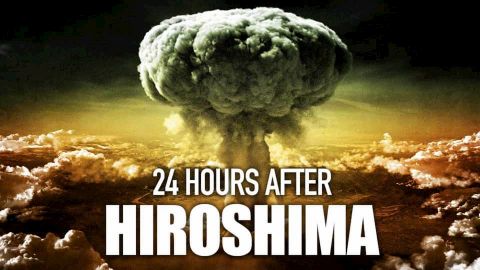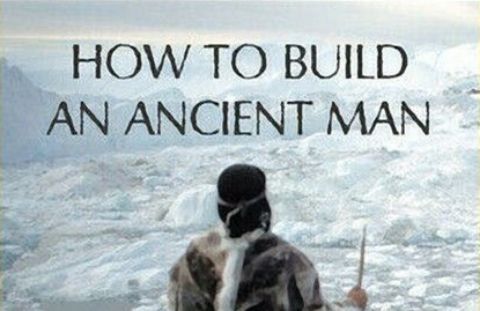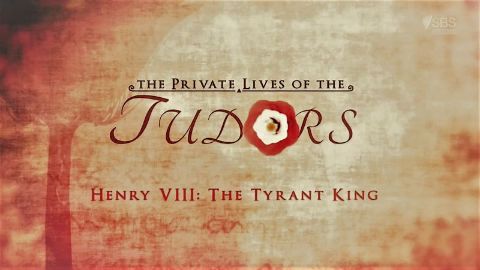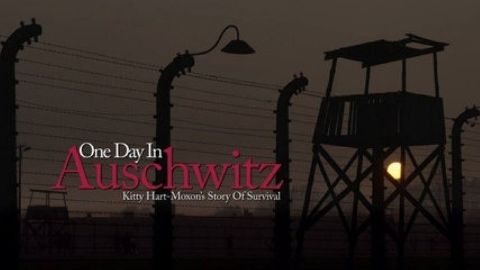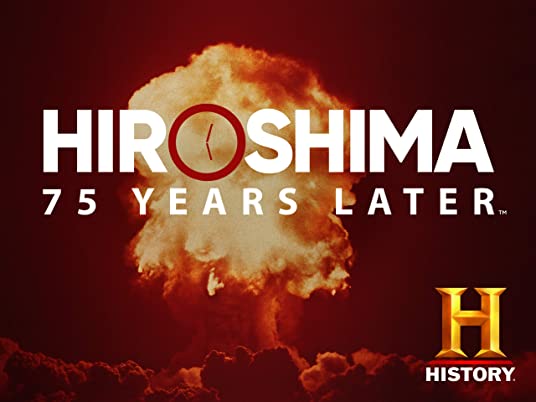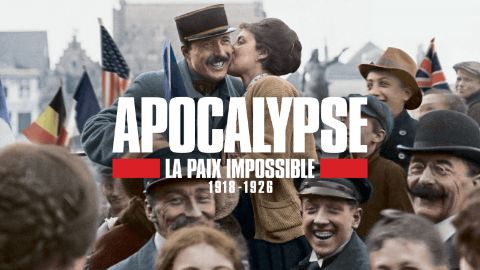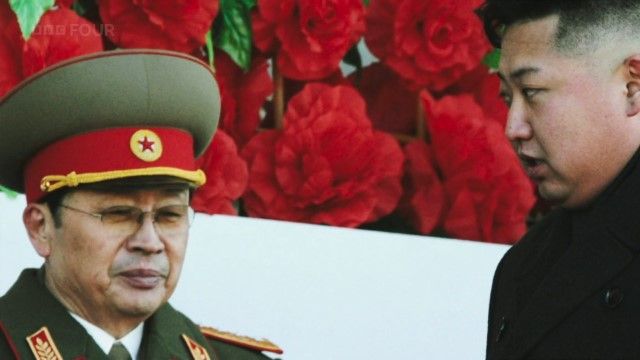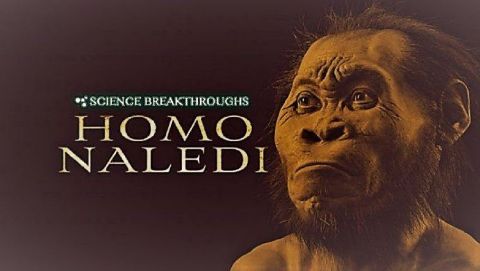24 Hours after Hiroshima • 2010 • Explorer
The National Geographic Channel EXPLORER series takes on the August 6, 1945, U.S. Air Force atomic bombing of Hiroshima, Japan, in this chronological retelling of the 24 hours following the event. The atomic bombing of Hiroshima, on August 6, 1945, was a moment that changed the world. Power that fueled the stars had been unleashed and turned into a lethal technology. Now learn the second-by-second story of that defining moment through those hit hardest by that weapon--the survivors. On August 6th, 1945 a weapon unlike any other before was unleashed on the Japanese city of Hiroshima. Four days later, the Japanese surrendered having been subjected to horrors and devastation previously unknown and unimaginable. But beyond the horror and human toll, real scientific questions remained unanswered. In 1945, a team of scientists and experts from the Manhattan Project was ordered by President Truman to investigate the facts of what really happened when the atomic bomb exploded over Hiroshima. National Geographic reveals the incredible science behind what happened moment by moment in the 24 Hours After Hiroshima.
Make a donation
Buy a brother a hot coffee? Or a cold beer?
Hope you're finding these documentaries fascinating and eye-opening. It's just me, working hard behind the scenes to bring you this enriching content.
Running and maintaining a website like this takes time and resources. That's why I'm reaching out to you. If you appreciate what I do and would like to support my efforts, would you consider "buying me a coffee"?
Donation addresses
BTC: bc1q8ldskxh4x9qnddhcrgcun8rtvddeldm2a07r2v
ETH: 0x5CCAAA1afc5c5D814129d99277dDb5A979672116
With your donation through , you can show your appreciation and help me keep this project going. Every contribution, no matter how small, makes a significant impact. It goes directly towards covering server costs.
